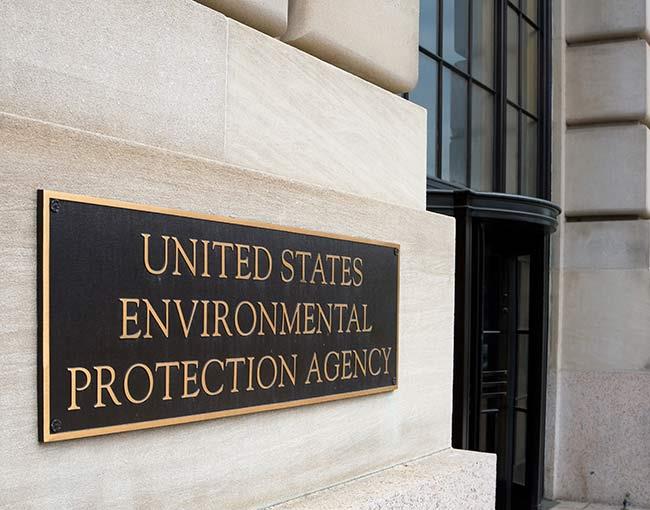Home > Insights > Publications > EPA Final Rule may keep projects at existing major sources from triggering stringent pre-construction permitting requirements

On October 22, 2020, the EPA issued a long-awaited final rule that amends and clarifies the preconstruction review requirements for projects undertaken at major stationary sources under the Clean Air Act (“CAA”), 42 U.S.C. § 7401, et seq. The rule, known as the Project Emissions Accounting Rule, changes when a project triggers the prevention of significant deterioration (“PSD”) program (applicable in areas that have attained the national ambient air quality standards) and the new source review (“NSR”) program (applicable in non-attainment areas).[1]
The PSD and NSR requirements are triggered when a project at an existing major stationary source constitutes a major modification. Determining whether a project may constitute a major modification is a two-step process. To trigger the PSD and NSR requirements, a project must result in both a significant emissions increase and a significant net emissions increase.
In the past, a source could not use emissions decreases in the calculation to determine whether a project would result in a significant emissions increase. Instead, “netting” of emissions increases and decreases could only occur in the second step of the process when determining whether a project would result in a significant net emissions increase. Sources relying on such netting to avoid triggering the NSR or PSD requirements for a project may have needed to obtain a permit that contained federally enforceable limitations on the source’s operations.
The new rule allows major emissions sources to define a project in a way so as to avoid the result of a significant emissions increase. The rule explains that the source may consider both emissions increases and decreases associated with the project for determining when a significant emissions increase occurs. Considering decreases at the first step of the analysis (determining whether a project may result in a significant emissions increase) is now called “emissions accounting.”
The rule was discussed in a Bloomberg Energy and Environment Report article. Among other things, the Bloomberg article quotes Thompson Coburn’s Eric Boyd as saying, “I expect the rule, once published, will settle the ‘netting’ question that was left unresolved after the EPA last tried to streamline the pre-construction permitting process for the New Source Review program in 2002.”
This final rule will apply thirty days after the rule is published in the Federal Register to the EPA and permitting authorities that have been delegated federal authority to issue pre-construction permits on behalf of the EPA. In other areas, the rule will be effective when the State amends its state implementation plan (“SIP”). State and local air agencies that implement the NSR and PSD programs through EPA-approved SIPs are not, however, required to modify their SIPs.
Major stationary sources would be well-advised to be cautious in relying on the new Project Emissions Accounting Rule for some time. The rule is likely to be challenged in court by environmental groups. In addition, if the Senate flips in November, the rule may be subject to review under the Congressional Review Act. Finally, if there is a change in administrations after the 2020 Presidential Election, the EPA’s new leadership under Joe Biden may reverse direction on this and other air rules and guidance issued by the Trump Administration.[2] For this reason, companies and industries affected by the Project Emissions Accounting Rule and their counsel should stay tuned for future developments.
If you have questions regarding this article, the Project Emissions Accounting Rule, or CAA guidance generally, please contact Eric E. Boyd or Ryan Russell Kemper in Thompson Coburn’s environmental practice area.
[1] The EPA first issued a memo discussing project emissions accounting in March of 2018 and issued the proposed rule last year.
[2] We previously discussed the emissions accounting rule and other changes to the air programs in articles and posts titled “The sky’s the limit as the EPA releases a flurry of 2019 air permitting guidance and proposals” “Air rules to watch for in second half of 2019” and “EPA announces ‘adjacent’ under Clean Air Act now limited to physical proximity.“
